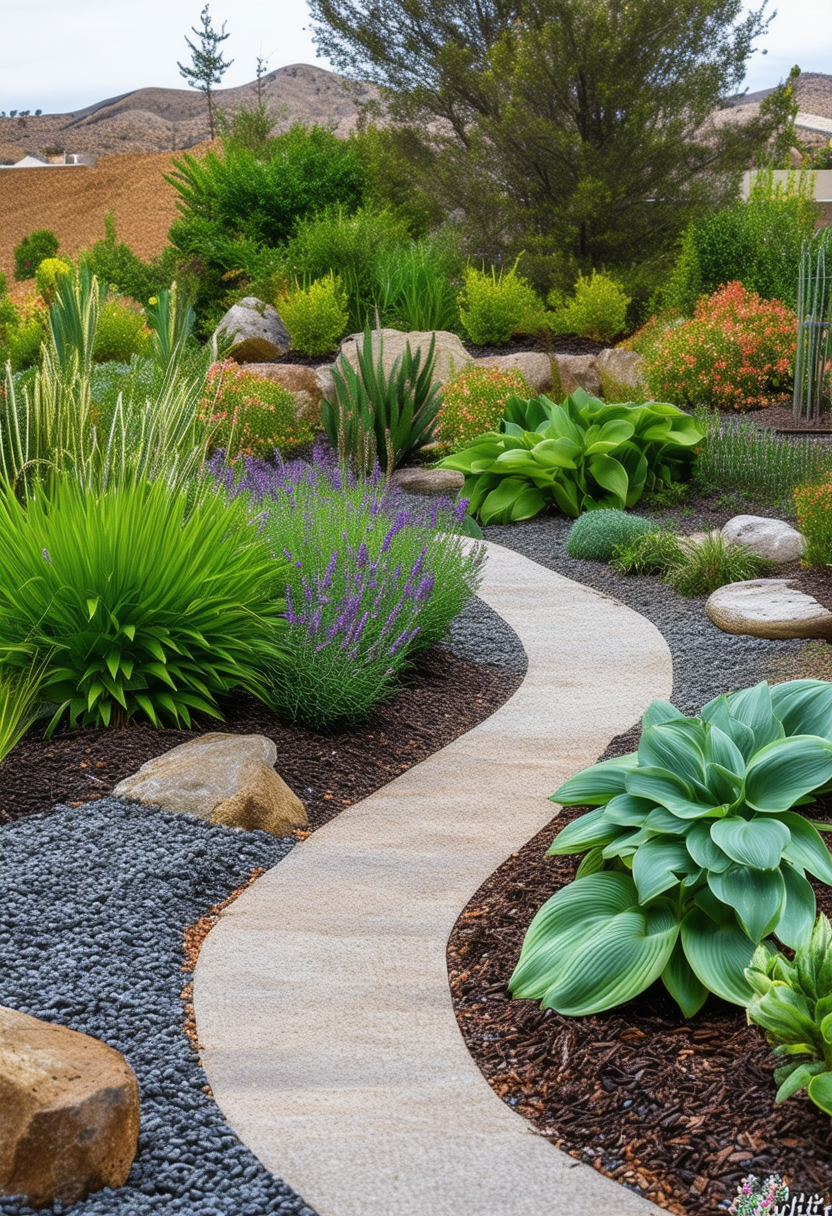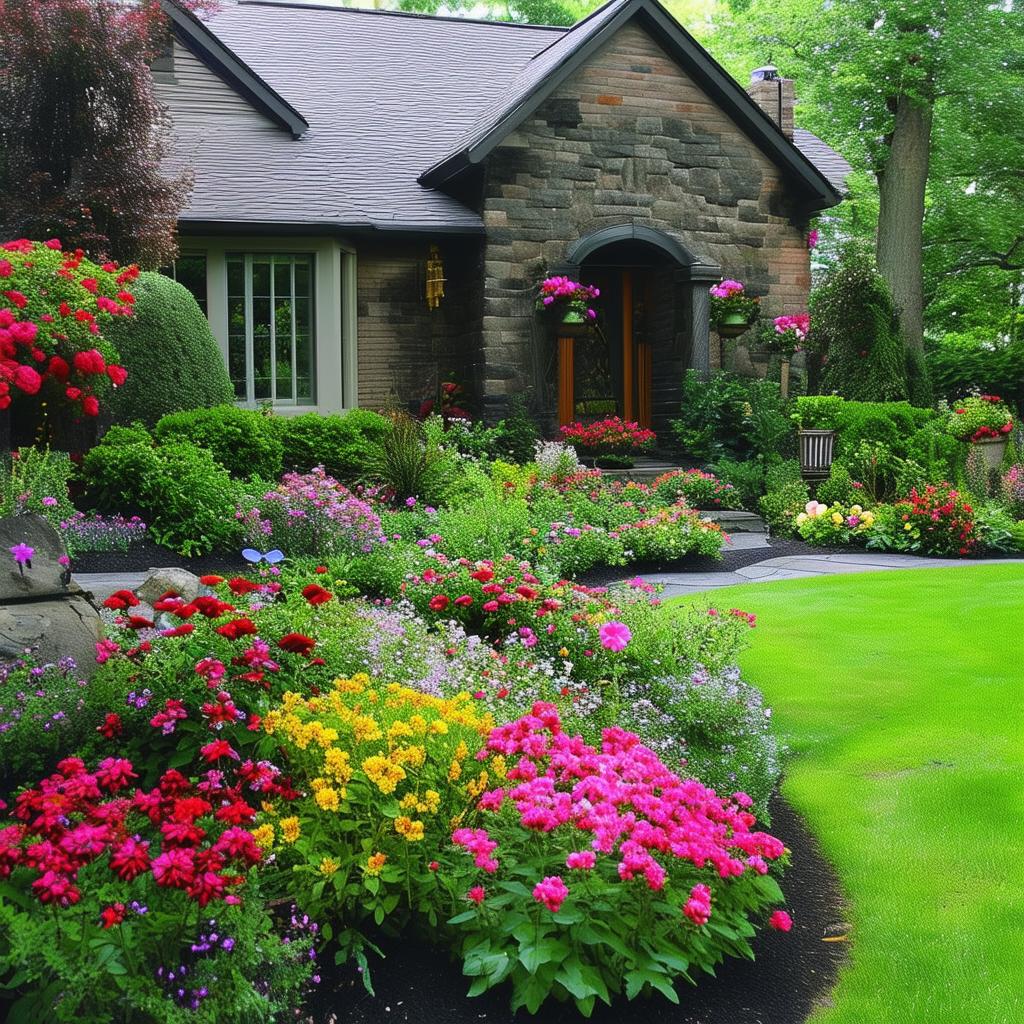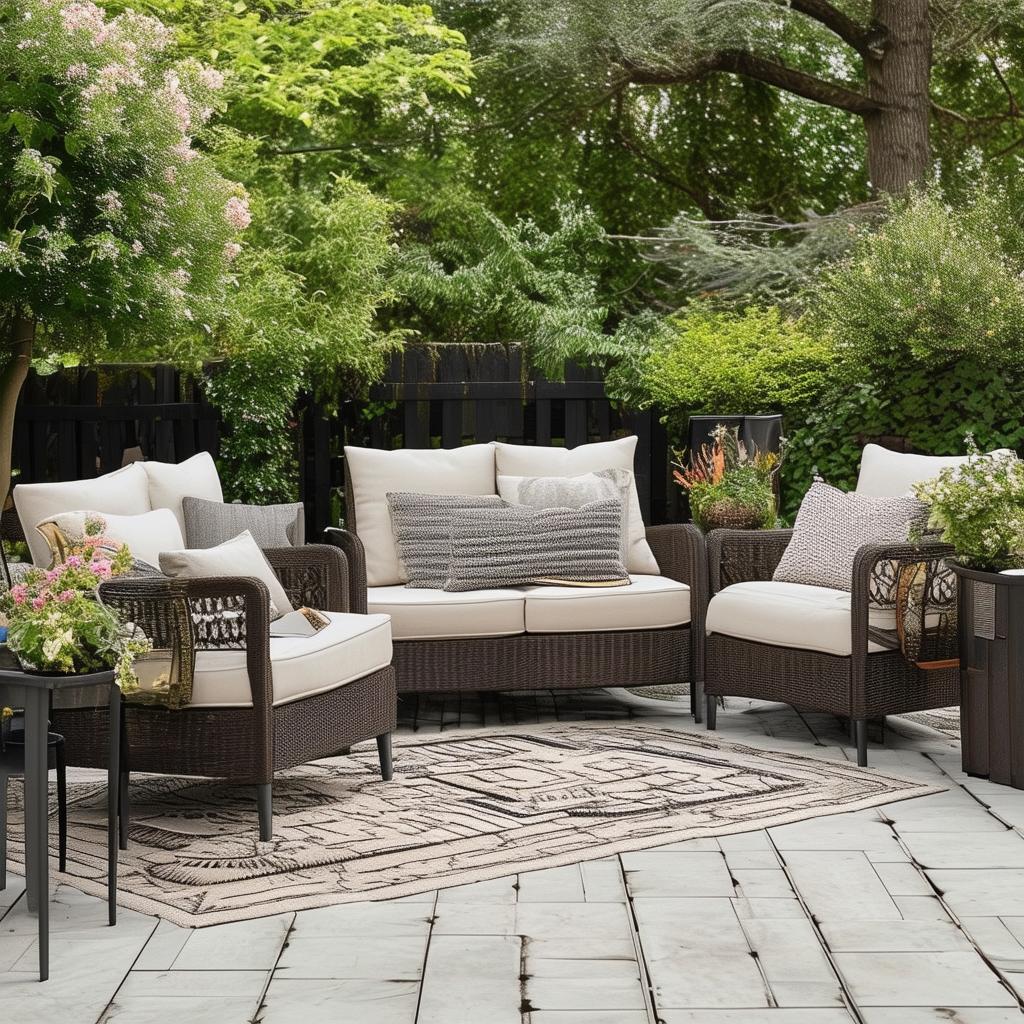In a world full of busy schedules and never-ending to-do lists, creating a low maintenance landscape can provide a welcome reprieve from the constant demands of everyday life. With a few simple tips and tricks, you can transform your outdoor space into a serene oasis that requires minimal upkeep, allowing you to spend more time relaxing and enjoying your surroundings.
From choosing the right plants to strategic landscaping design, there are plenty of effortless ways to create a low maintenance landscape that will thrive with little intervention. By incorporating elements such as drought-resistant plants, mulch, and efficient watering systems, you can design a beautiful outdoor space that requires minimal effort to maintain, giving you more time to sit back, relax, and soak in the beauty of your surroundings.
Stress-Free Planning for a Low Maintenance Landscape
Creating a low maintenance landscape doesn’t have to be a stressful endeavor. By incorporating a few simple strategies, you can enjoy a beautiful outdoor space without the hassle of constant upkeep. One of the key ways to achieve a low maintenance landscape is to select native plants that are well-suited to your climate and soil conditions. These plants require less water and care, making them a great choice for busy homeowners.
Another effortless way to create a low maintenance landscape is to design your outdoor space with minimalistic features. Opt for simple, clean lines and open spaces that are easy to maintain. Consider incorporating natural elements like rocks or gravel paths to reduce the need for constant mowing and trimming. By focusing on simplicity and functionality in your design, you can create a serene outdoor sanctuary that requires little to no maintenance.
| Tip 1 | Tip 2 | Tip 3 |
|---|---|---|
| Choose native plants | Keep the design simple | Use natural elements |
implementing a smart irrigation system can help reduce the time and effort needed to keep your landscape looking its best. Consider installing a drip irrigation system that delivers water directly to the roots of your plants, reducing water waste and the need for manual watering. By taking a strategic approach to planning and designing your landscape, you can create a low maintenance outdoor space that allows you to relax and enjoy your surroundings without the stress of constant upkeep.
Selecting the Right Plants for Easy Care Gardens
One of the key factors in creating a low maintenance landscape is selecting the right plants. By choosing plants that require minimal care and attention, you can ensure that your garden remains beautiful with minimal effort. When selecting plants for an easy care garden, it’s important to consider factors such as water requirements, sunlight needs, and soil conditions.
Some great options for low maintenance plants include:
-
- Lavender: This fragrant herb requires little water and thrives in full sunlight.
-
- Sedum: Also known as stonecrop, this succulent is drought tolerant and easy to grow.
-
- Hostas: These shade-loving plants come in a variety of colors and require little maintenance.
-
- Daylilies: These perennials are hardy and easy to care for, with blooms that last for weeks.
| Plant | Water Requirements | Sunlight Needs |
|---|---|---|
| Lavender | Low | Full sun |
| Sedum | Low | Full sun |
| Hostas | Low | Shade |
| Daylilies | Low | Full sun |
By incorporating these easy care plants into your garden design, you can create a beautiful landscape that requires minimal maintenance. Remember to group plants with similar care requirements together to make watering and upkeep even easier. With the right plant selection, you can enjoy a gorgeous garden without the hassle of constant maintenance.
Incorporating Drought-Tolerant Features for Minimal Watering
One of the most effective ways to create a low maintenance landscape is by incorporating drought-tolerant features that require minimal watering. By selecting plants and materials that can thrive in dry conditions, you can reduce the need for constant watering and irrigation, saving both time and resources.
When designing your landscape, consider opting for native plants that are adapted to your region’s natural climate and soil conditions. These plants are more likely to thrive with minimal water and maintenance, making them an ideal choice for a low maintenance landscape. In addition, using mulch and rocks in your garden beds can help retain moisture in the soil and reduce the need for frequent watering.
| Plant Type | Watering Frequency |
|---|---|
| Agave | Every 2-3 weeks |
| Lavender | Once a week |
Another way to minimize water usage in your landscape is by installing a drip irrigation system that delivers water directly to the roots of your plants. This targeted watering method not only reduces water waste from evaporation and runoff but also helps promote healthy plant growth by ensuring that each plant receives the right amount of water it needs.
Strategic Mulching Techniques to Reduce Weeds and Maintenance
When it comes to creating a low maintenance landscape, strategic mulching techniques can be your best friend. By utilizing the right mulch and applying it correctly, you can significantly reduce the growth of weeds and the need for constant maintenance in your garden or yard.
One effective technique is to use organic mulches, such as bark chips or straw, which not only suppress weed growth but also add nutrients to the soil as they break down. By creating a thick layer of mulch around your plants, you can smother weed seeds and prevent them from germinating, saving you time and effort in the long run.
| Tip: | Choose a mulch color that complements your plants and landscape design for a cohesive and visually appealing garden. |
Additionally, consider using landscape fabric underneath your mulch to provide an extra barrier against weeds. This fabric helps to block sunlight and air from reaching weed seeds, preventing them from sprouting. Combined with a thick layer of mulch on top, landscape fabric can drastically reduce the need for weeding and other maintenance tasks, giving you more time to enjoy your outdoor space.


